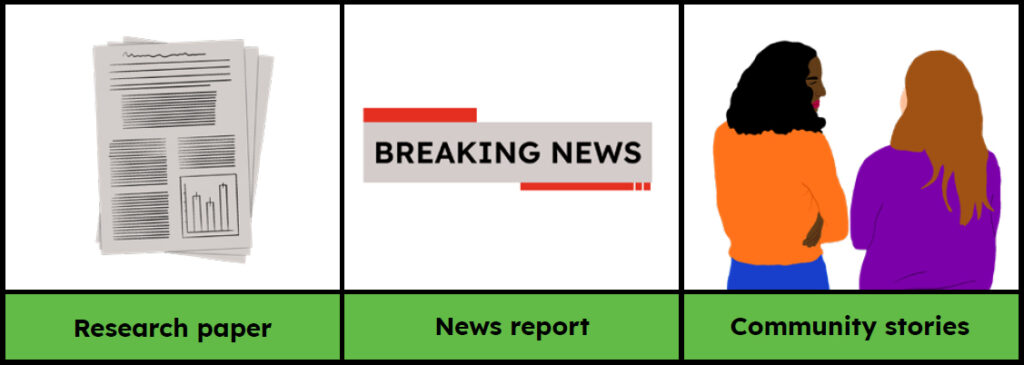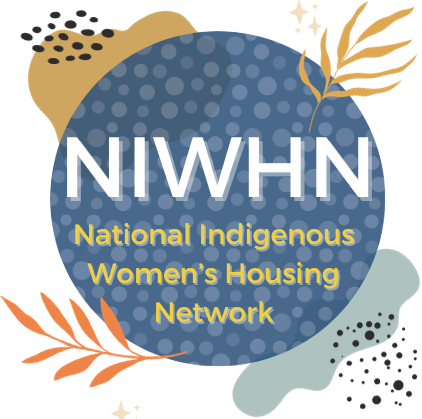Make a Submission
Table of Contents
Closed - written submissions
The written submission portal closed April 11, 2025, and Neha is currently conducting in-person and virtual oral dialogues.
Check out our news page to stay up to date!
What should you consider when developing your submission?
When developing your submission, consider that the Review Panel benefits from various forms of information: lived experiences, research and statistical evidence, policy analysis, human rights analysis, and arguments related to why the issue falls within federal jurisdiction. Your submission can make a significant impact.
Can I only make an oral submission?
We can offer transcription and submission to support to get your evidence submitted.
Our Human Rights Claims were successful in part because we were able to bring all of these elements together. To strengthen your submission, we highly recommend including several (or all!) of the following elements that were instrumental in our success:
Lived Experiences
Lived expertise of women and gender-diverse people experiencing homelessness, illuminating how and why homelessness is a gendered experience requiring gendered solutions.
Stories and narratives directly from lived experts, documented in their words and on their terms, are an integral and significant part of the evidence building process.
Research & Statistical Evidence
Relevant Human Rights Law
Outline the relevant dimensions of the right to adequate housing under the ICESCR, the Convention on the Elimination of All forms of Discrimination against Women (CEDAW), the UNDRIP and other international human rights to which Canada is bound under
international law.
Jurisdiction
Recommendations
Identifying key issues
Your role in shaping impactful engagement with the Human Rights Review Panel is crucial. By clearly identify the issues you want to address, you are contributing significantly to the cause. The issues you identify may pertain to different levels of government and involve different government and non-governmental departments or agencies. The most effective strategy in issue identification is narrowing in on specific policies or legislation instituted by government or non-government agencies that create systemic housing rights violations. We strongly encourage youo present critical issues with recommendations or proposed solutions.
Download our Issue Identification Template to guide the process!
Gathering supportive evidence
- A research paper you read
- A news report
- Stories and narratives from community members
- Meeting minutes from a local city council meeting

Consent Forms
When collecting stories and narratives from community members, make sure that they are fully aware of what they are participating in and what impact their participation in the Review Panel will have. You can collect verbal consent before having a conversation with a community member and documenting their story.
Regardless of the medium, it’s crucial to ensure the community member’s consent. If a community member is sharing their story or narrative via email, you can send them this script and guide the conversation to ensure their consent over email as well: Download Email Script Here
Organizing your evidence
Situating your evidence within relevant human rights law dimensions
Research to support your submission
Preparing your written submission
How you develop your submission is up to you, and we welcome and value all formats. Whether you decide to craft your submission as a story or a narrative, or you opt for a structured template to cover multiple issues, the choice is yours. However you choose to present your submission, we encourage you to include analysis and recommendations, as they are key to highlighting rights violations.
Our draft template may be of assistance to groups, organizations, or agencies preparing a submission (template adapted from the National Right to Housing Written Submission Template):
Our submission outline includes:
- Contact Information
- Part 1: Introduction
- Part 2: Key Issues
- Part 3: Arguments (evidence) broken down by issue
- Part 4: Policy and human rights analysis
- Violation of the right to adequate housing
- State responsibility and government’s role
- Remedies and solutions
- Part 5: Recommendations
- Part 6: Conclusion
Further tools to help you develop your submission
A guide to support organizations and rights claimants in incorporating human rights language in their written submissions to the review panel.
How to use this tool: You can refer to this guide as you are drafting written submissions to better infuse human rights language and framing. If you have not engaged with rights- based frameworks before, this can help you use human rights-based language to strengthen your arguments and recommendations. It also explains key terms, concepts, and principles of international human rights lawTools for reflection and deepening engagement with impacted communities in a safe, respectful, and inclusive way to build community capacity in engaging with the right to housing.
How to use this tool: You can use this tool to assess your current practices for creating impactful spaces centered on advocacy and justice, identify areas for improvement, and implement changes that will deepen your engagement with communities affected by human rights violations, as well as bolster their capacity to claim their right to housing.A guide that provides human rights-based insight to complement university-based research ethics boards, to centre individuals and communities participating in research as agents of their own experience.
How to use this tool: You can use these ethical standards as a benchmark for respectful, meaningful, and culturally appropriate engagement, as well as consent and confidentiality in a human-rights informed research framework. Pages 6-11 are particularly useful for reflecting on how to meaningfully engage with research participants.


